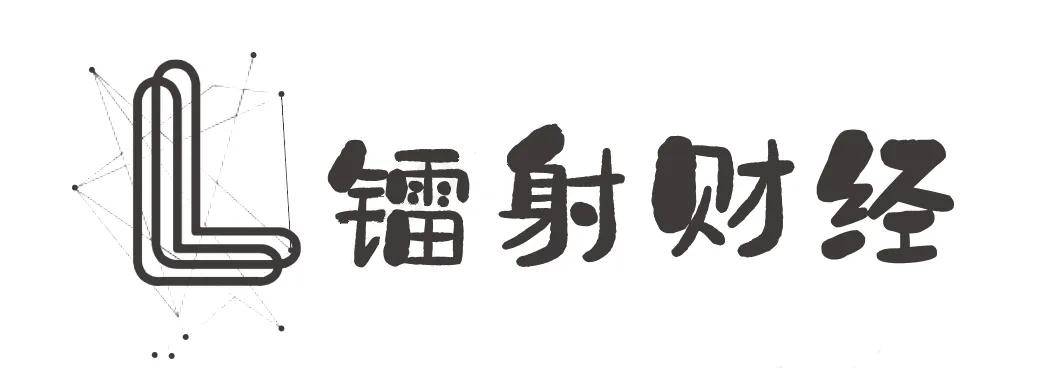有没有办法做到行级权限在Django? 我觉得有不只是注意到这一点的文档:
权限不仅可以每个类型的对象进行设置,而且每个特定对象实例。 通过使用has_add_permission(),has_change_permission()和has_delete_permission()方法由的ModelAdmin类提供,能够定制权限相同类型的不同对象实例。
https://docs.djangoproject.com/en/dev/topics/auth/
但我没有看到如何实际每个实例的权限执行任意文件
对于应用程序我建设我想通过一个简单的装饰,以提供行级别的权限。 因为条件是request.user仅仅是模型对象的所有者我可以做到这一点。
以下似乎工作:
from functools import wraps
from django.core.exceptions import PermissionDenied, ObjectDoesNotExist
def is_owner_permission_required(model, pk_name='pk'):
def decorator(view_func):
def wrap(request, *args, **kwargs):
pk = kwargs.get(pk_name, None)
if pk is None:
raise RuntimeError('decorator requires pk argument to be set (got {} instead)'.format(kwargs))
is_owner_func = getattr(model, 'is_owner', None)
if is_owner_func is None:
raise RuntimeError('decorator requires model {} to provide is_owner function)'.format(model))
o=model.objects.get(pk=pk) #raises ObjectDoesNotExist
if o.is_owner(request.user):
return view_func(request, *args, **kwargs)
else:
raise PermissionDenied
return wraps(view_func)(wrap)
return decorator
风景:
@login_required
@is_owner_permission_required(Comment)
def edit_comment(request, pk):
...
网址:
url(r'^comment/(?P<pk>\d+)/edit/$', 'edit_comment'),
该模型:
class Comment(models.Model):
user = models.ForeignKey(User, ...
<...>
def is_owner(self, user):
return self.user == user
任何意见或言论表示赞赏。
保罗·鲍彻
该管道是有(这是从你连接的同一个页面的底部):
处理对象权限
Django的许可框架对对象权限的基础上,虽然有核心没有它。 这意味着,检查对象的权限将总是返回false或空列表(取决于执行的检查)。 的认证的后端将接收关键字参数obj和USER_OBJ为每个对象相关的授权方法和可以返回该对象的权限级别适当。
但是,没有缺省实现提供。 由于这是一个共同的话题; 有很多的答案对SO。 检查的权利,你会看到一些上市。
基础思想是浏览Django的软件包的烫发电网并挑选的对象级权限的实现。 我个人比较喜欢的Django监护人 。
该文档谈这些方法可以让你限制访问特定对象的管理。 每一种方法是通过在游戏中的对象,你可以用它来做出关于用户是否可以访问它,通过返回无论是确定True或False 。
class MyModelAdmin(admin.ModelAdmin):
...
def has_add_permission(self, request):
# This one doesn't get an object to play with, because there is no
# object yet, but you can still do things like:
return request.user.is_superuser
# This will allow only superusers to add new objects of this type
def has_change_permission(self, request, obj=None):
# Here you have the object, but this is only really useful if it has
# ownership info on it, such as a `user` FK
if obj is not None:
return request.user.is_superuser or \
obj.user == request.user
# Now only the "owner" or a superuser will be able to edit this object
else:
# obj == None when you're on the changelist page, so returning `False`
# here will make the changelist page not even viewable, as a result,
# you'd want to do something like:
return request.user.is_superuser or \
self.model._default_manager.filter(user=request.user).exists()
# Then, users must "own" *something* or be a superuser or they
# can't see the changelist
def has_delete_permission(self, request, obj=None):
# This pretty much works the same as `has_change_permission` only
# the obj == None condition here affects the ability to use the
# "delete selected" action on the changelist
我已经转出的解决方案使用基于Django的类视图这样那样的问题。
看看我的文章的Django泛型类为本次用对象级权限检查 。
有大量的“权限” Django的应用程序上可用的PyPI
例如,你可以看一下Django的对象的权限 。
什么文档指的是该功能是有执行权限。 而人们也通过创建这个应用程序做到了这一点。





